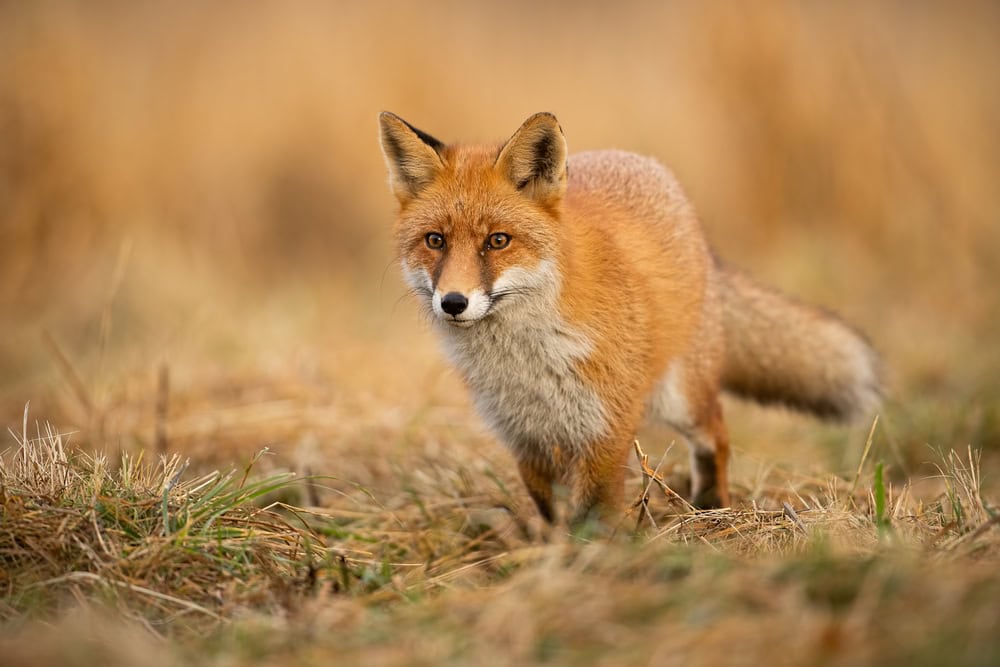Connecticut, a state renowned for its scenic beauty and rich natural landscapes, is home to a diverse array of wildlife. From forested hills and tranquil meadows to coastal shores and freshwater lakes, the state’s ecosystems support a fascinating variety of animal species. This article will delve into the top 10 animals and wildlife that thrive in Connecticut, providing not only an understanding of their habitats and behaviours but also insights into their roles in the broader ecological system.
1. The White-tailed Deer
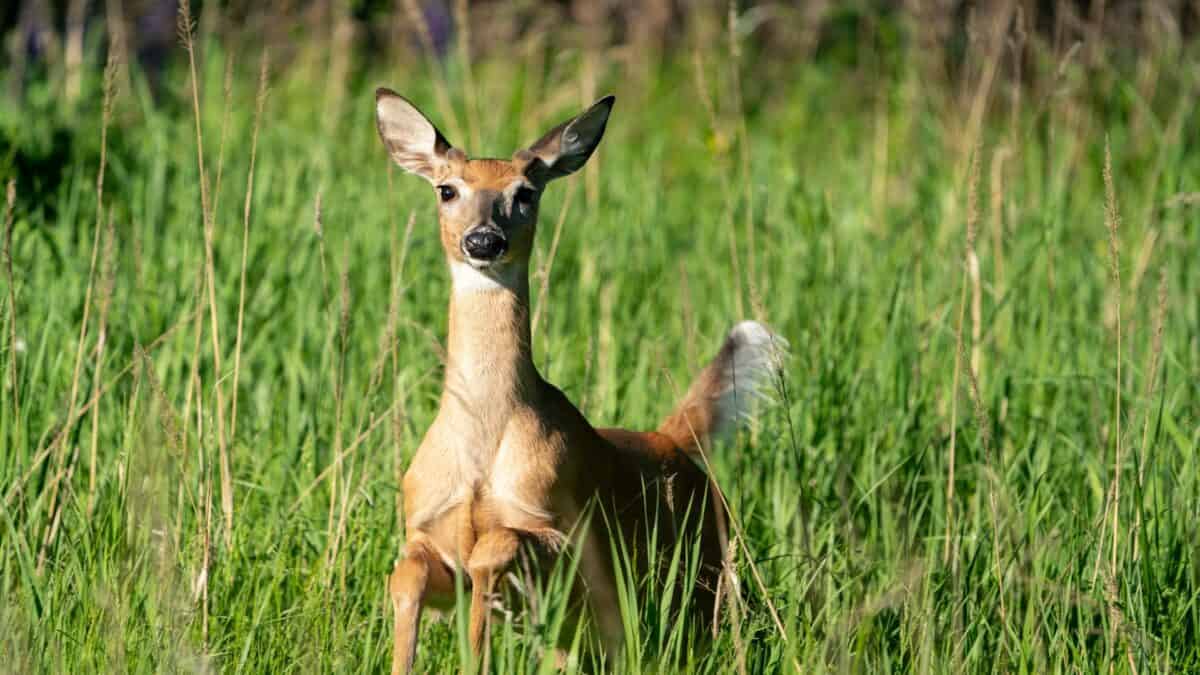
The white-tailed deer is perhaps the most iconic wild mammal in Connecticut. Known for their agility and adaptability, these deer are easily recognized by the distinctive white underside of their tails, which they flash when alert or fleeing from predators. They are commonly found throughout the state, from dense forests to suburban backyards. Their presence serves as a vital part of the ecosystem, impacting forest vegetation dynamics and providing prey for predators like bobcats and coyotes.
2. Eastern Gray Squirrel
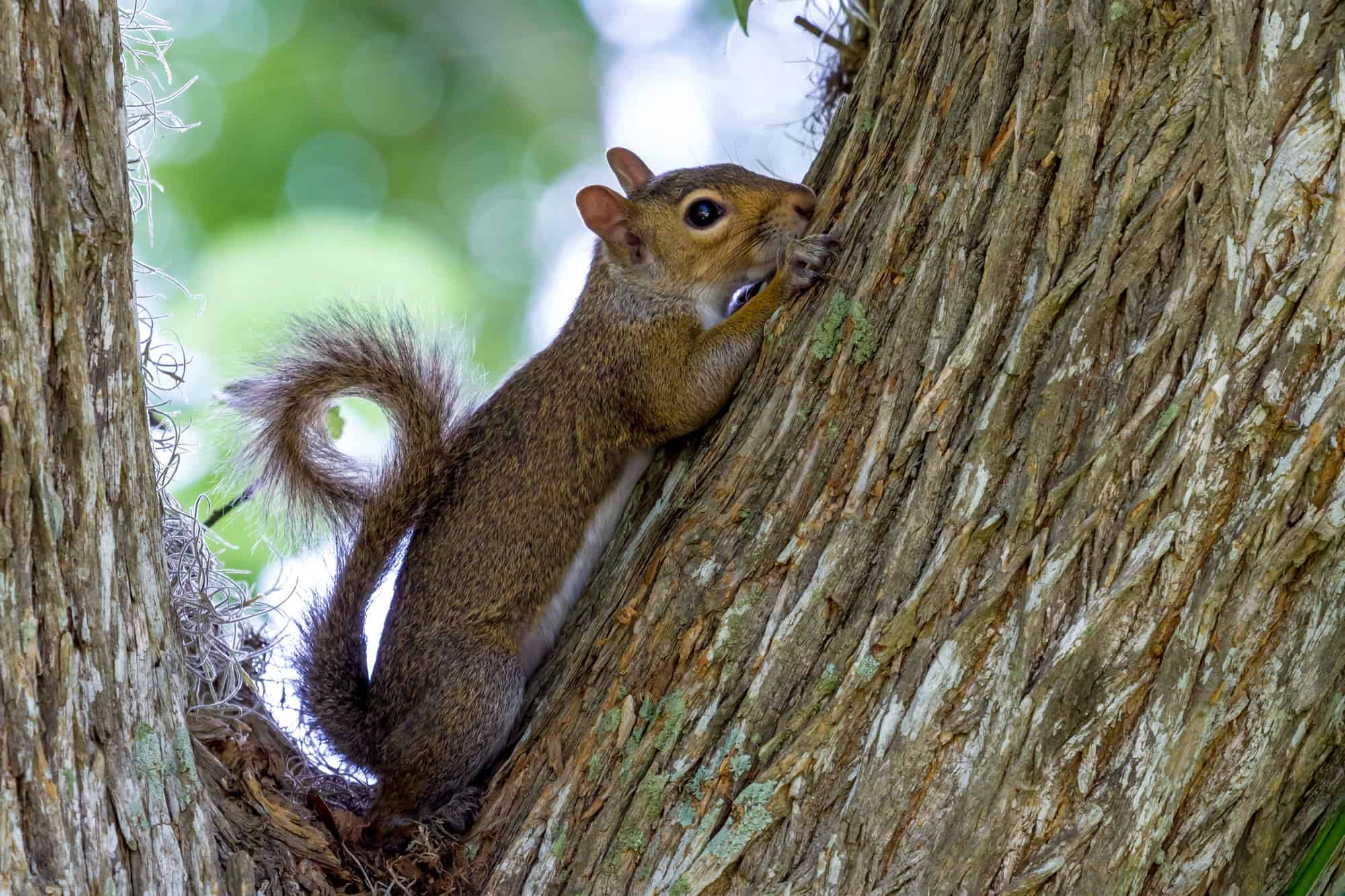
The eastern grey squirrel is a highly adaptable species that thrives in Connecticut’s urban, suburban, and rural areas. Characterized by their bushy tails and keen intelligence, these squirrels are often seen foraging for food or energetically darting through trees. They play a crucial role in forest ecology by assisting in seed dispersal and contributing to forest regeneration.
3. Bald Eagle
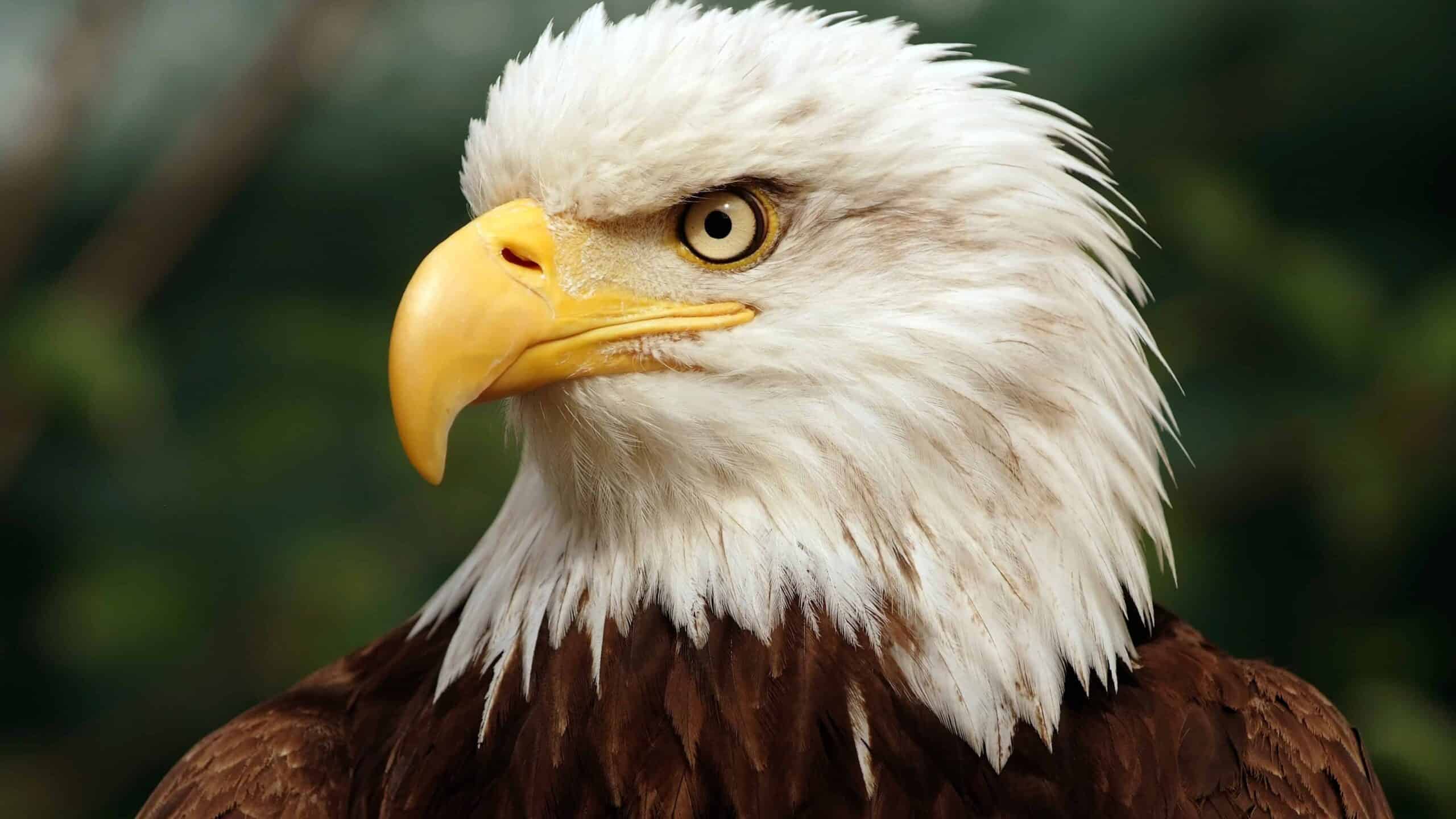
Once on the brink of extinction, the resurgence of the bald eagle in Connecticut is a conservation success story. These majestic birds of prey can be spotted near large water bodies, such as the Connecticut River, where they hunt for fish. Known for their impressive wingspan and striking white head, bald eagles are a symbol of wildlife conservation and are protected by federal laws.
4. Eastern Box Turtle
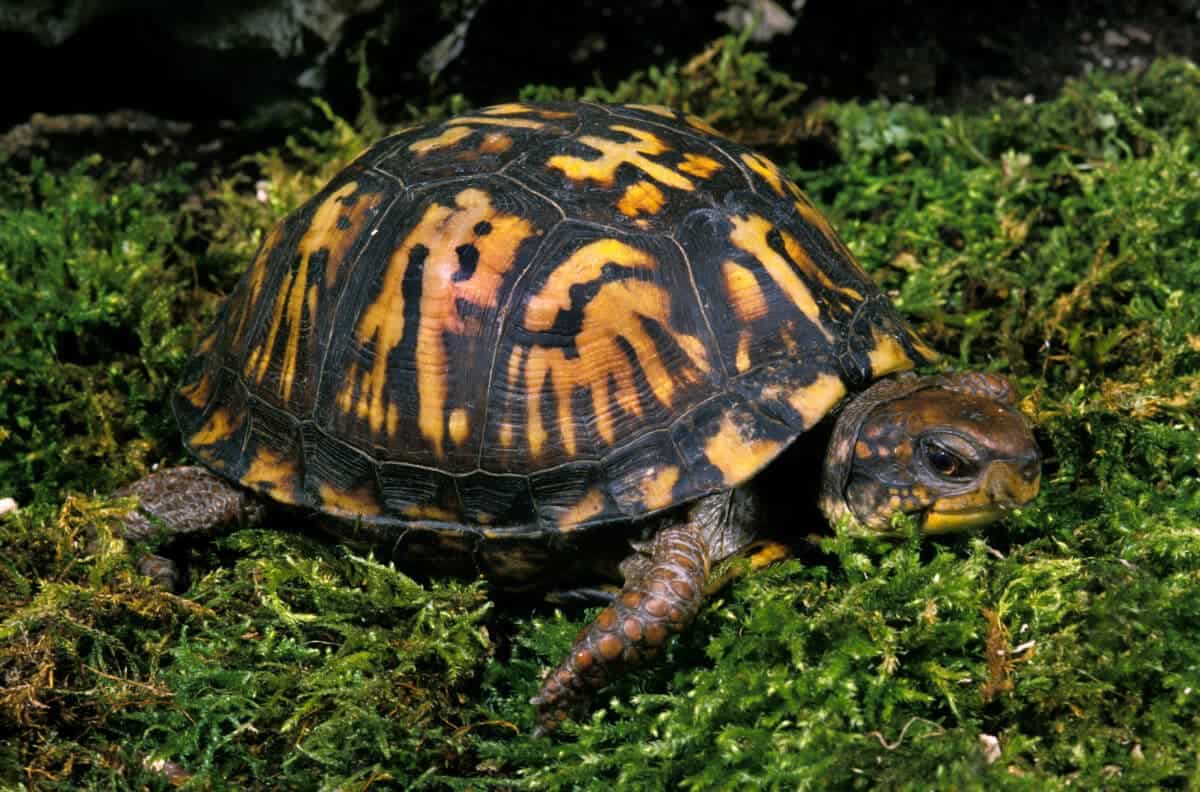
The eastern box turtle is a terrestrial reptile commonly found in Connecticut’s deciduous forests and open fields. Recognized by their domed shells and bright markings, these turtles are often spotted during warm months as they forage for berries, insects, and worms. Their slow reproduction rate and loss of habitat make them a species of concern, emphasizing the importance of habitat preservation.
5. Black Bear

Black bears are the largest land mammals in Connecticut and have become increasingly common as they adapt to suburban environments. Typically found in forested regions, they are omnivorous and typically feed on plants, insects, and small mammals. Black bears play a pivotal role in their habitat by helping to control the populations of smaller animals and aiding in seed dispersal through their feeding habits.
6. Bobcat
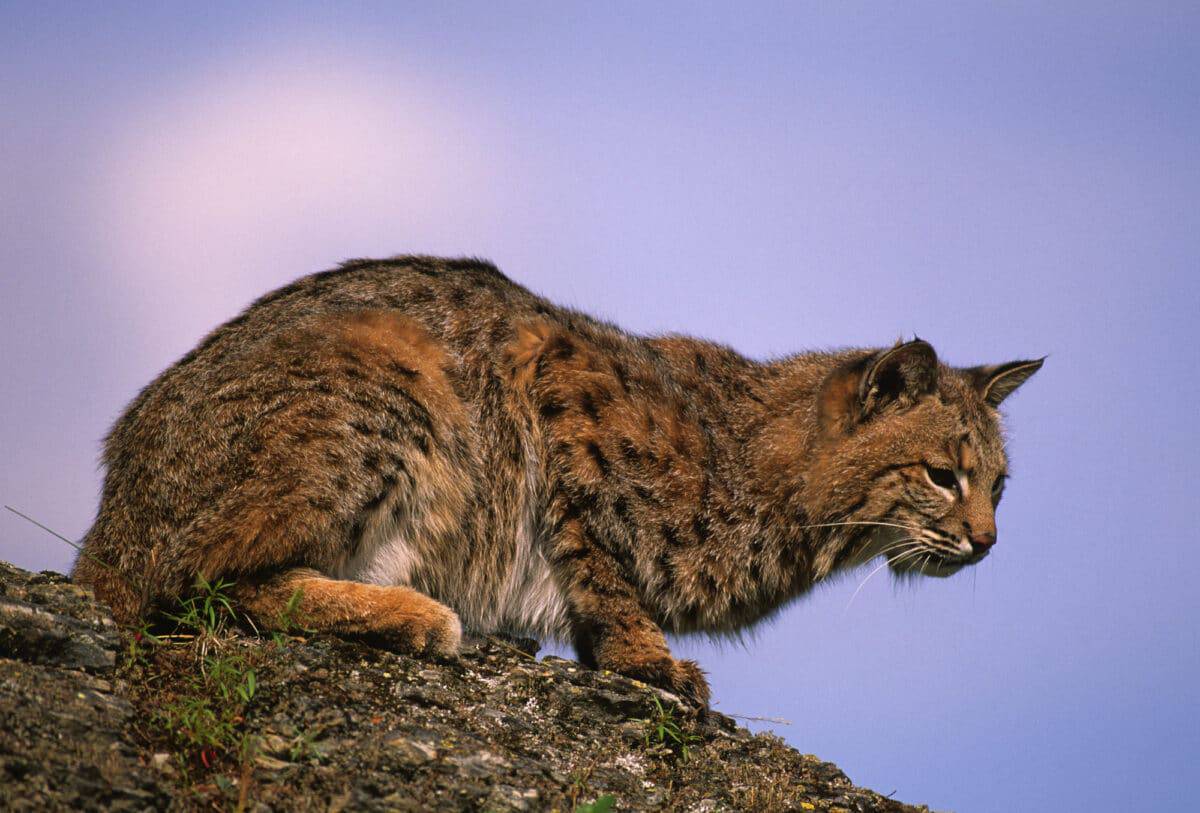
With their distinctive tufted ears and stealthy dispositions, bobcats are Connecticut’s only remaining wild feline species. They are mostly solitary and inhabit regions with mixed forests and brushy areas. As effective predators, bobcats help to manage wildlife populations, primarily feeding on rodents, birds, and small deer, thus maintaining ecological balance.
7. Red Fox
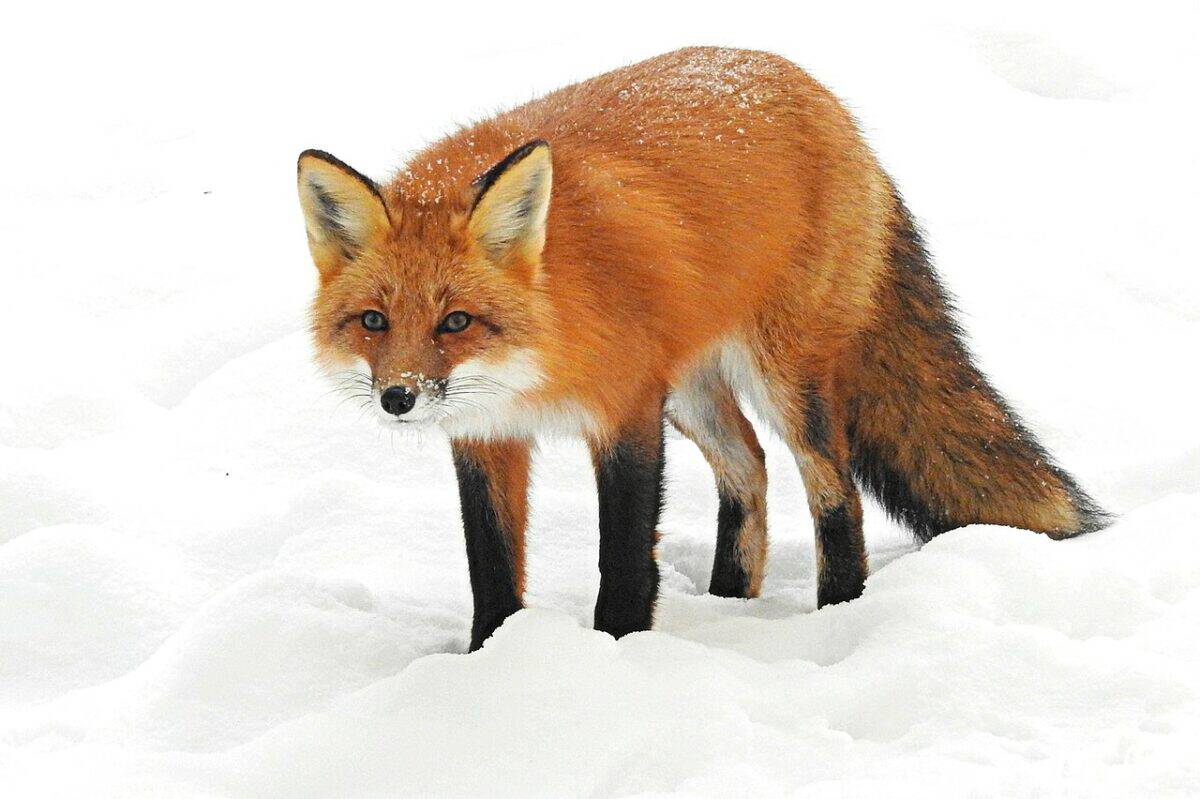
The red fox is a versatile carnivore that is widely distributed across Connecticut. Known for their striking orange-red fur and bushy tails, these cunning animals have adapted well to human encroachment and can be seen in both rural and urban settings. Red foxes help control populations of smaller animals and insects, making them an essential component in managing the ecosystem’s overall health.
8. Osprey
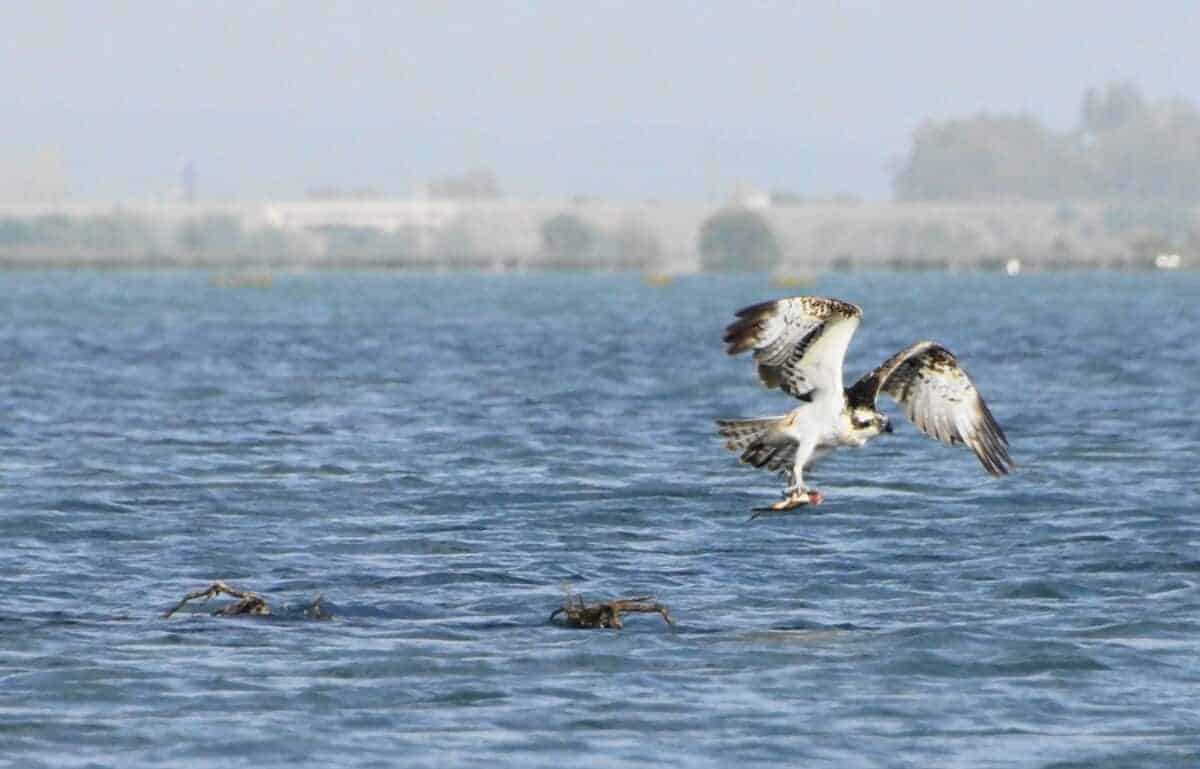
The osprey, often seen soaring near coastal areas and waterways, is a fish-eating bird of prey noted for its dramatic diving behaviour. They have made a formidable recovery in Connecticut following severe declines due to pesticide use in the mid-20th century. Ospreys serve as vital indicators of fish abundance and the health of aquatic environments.
9. Eastern Cottontail

A common sight in meadows and landscaped yards, the eastern cottontail rabbit is well-known for its brownish coat and iconic white tail. These rabbits are prolific breeders and a key prey species for many mammals and birds of prey. Their abundance makes them an integral food source within the state’s food web, highlighting their significance to Connecticut’s predators.
10. Atlantic Horseshoe Crab
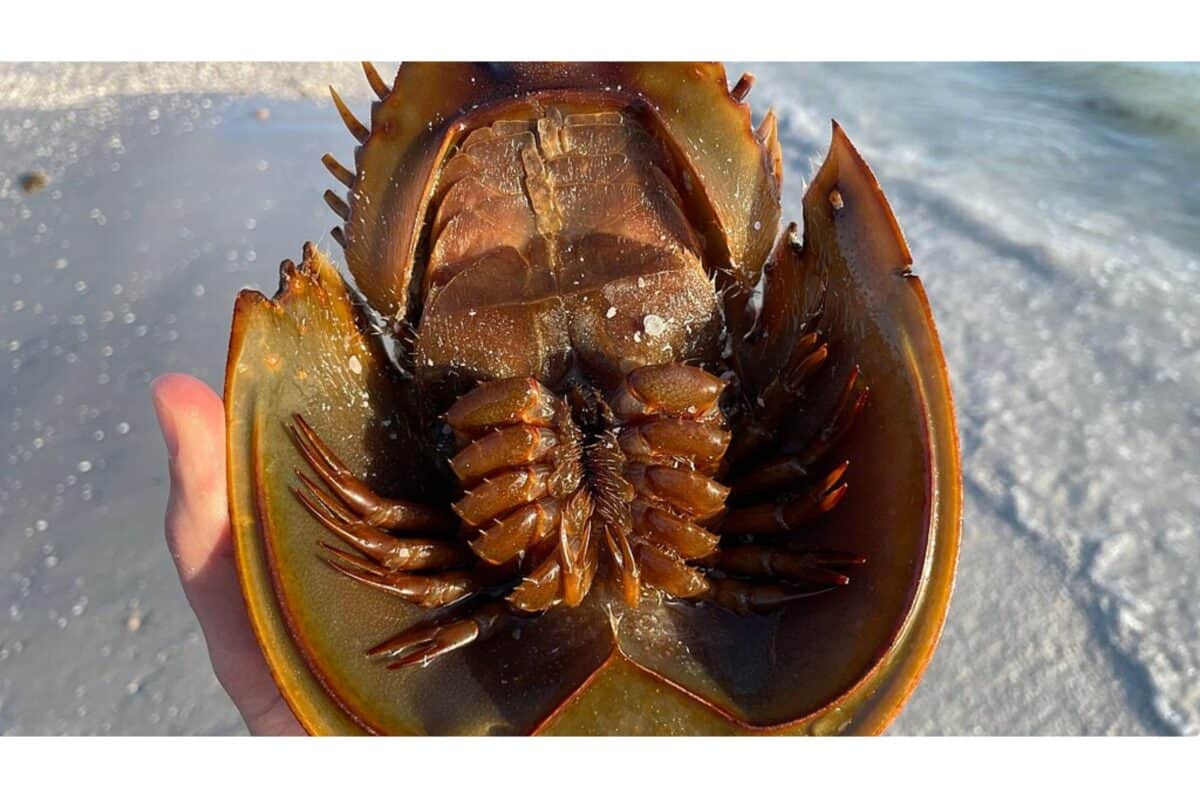
While not a resident of terrestrial Connecticut per se, the Atlantic horseshoe crab is a crucial marine species along Connecticut’s coastline. Known for their armour-like shells and prehistoric ancestry, these creatures are essential for the ecosystem, serving as prey for migratory birds. They also play a part in biomedical research, contributing to our understanding of blood clotting and disease detection.
Conclusion

Connecticut’s rich biodiversity is a testament to the resilience and adaptability of its wildlife. From bears and deer navigating the forests to turtles and foxes in more human-populated areas, these animals reflect the intricate tapestry of ecosystems and the importance of conservation efforts. By understanding and appreciating this diversity, we can ensure that these magnificent creatures continue to thrive and fulfil their roles in the natural world.
- 10 Behaviors That Keep Eagles Healthy And 3 That Shorten Lifespan - August 24, 2025
- 13 Wildest Animal Migration Journeys - August 24, 2025
- 14 Creatures You Did not Know Will Surprise Even Experts - August 24, 2025

